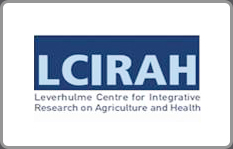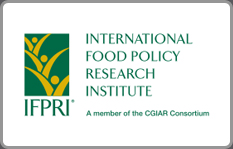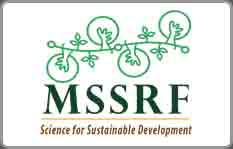Blog Series for NNW2017: Nutrients-non nutrient component of foods

Nutrient –nutrient interaction and nutrients – non nutrient component of foods can alter bioavailability of nutrients in the human body.
The food we eat is the main source of nutrients, but also contains compounds that have no nutritional function. These compounds however, act as anti-nutritional factors interfering with the utilisation of nutrients present in food. Many foods, particularly those of plant origin, contain wide range of anti-nutritional that interfere with the assimilation and utilisation of other nutrients. Most of the non-nutrient factors are heat labile as well.
Anti-nutritional factors are discussed below:
Fibre: The insoluble fibre binds the minerals like magnesium, calcium, iron and zinc and reduces their absorption to the human body. Cellulose, lignin and some portions of hemicelluloses are insoluble fibre.
Oxalates: This is present in green leafy vegetables, green vegetables and some legumes like horsegram and khesari dhal. Oxalates combine with calcium and forms insoluble salts.
Avidin: It is present in raw egg white binding biotin, a vitamin, making it unavailable for absorption. Avidin is inactivated by heat.
Phytates: It is present in unrefined cereals and millets, bind with iron in presence of calcium and magnesium to form insoluble complexes and make iron unavailable. Studies have shown that phytates also impair zinc absorption.
Trypsin: These inhibitors present widely in legumes and egg white interfere in the digestion protein and reduces its utilization.
Tannins: Studies have proved that tannins present in seed coat of most legumes, spices, tamarind, some vegetables, bind with iron irreversibly and interfere with iron absorption and also bind with protein and reduce its availability. Millets like bajra, ragi and sorghum has fair amount of tannins.
Goitrogens interfere with iodine intake by thyroid gland. Goitrogens are present some vegetables like cabbage, cauliflower, radish, turnips, brussel sprouts, and in some legumes like soybean.
Hemagglutinins: Hemagglutinins are found in legumes. Hemagglutinins are defined as antibodies that cause the red blood cells to form clumps. Most beans contain such phytohemagglutinins. Cooking well-soaked, raw beans (and all legumes) thoroughly for 10 or more minutes will destroy these factors.
Polyphenols: Certain cereals (red sorghum), legumes (red kidney beans, black beans, black grams), spinach, betel leaves, oregano has polyphenols. It form insoluble complexes with iron and inhibit non-haem-iron absorption. Some polyphenols inactivate thiamin and reduce thiamin absorption. It also bind with certain salivary and digestive enzymes and reduce digestibility of starch, protein and lipids.
Thermal treatment, fermentation, germination and malting are the various methods that help in reducing the above said anti-nutritional factors.








Add new comment